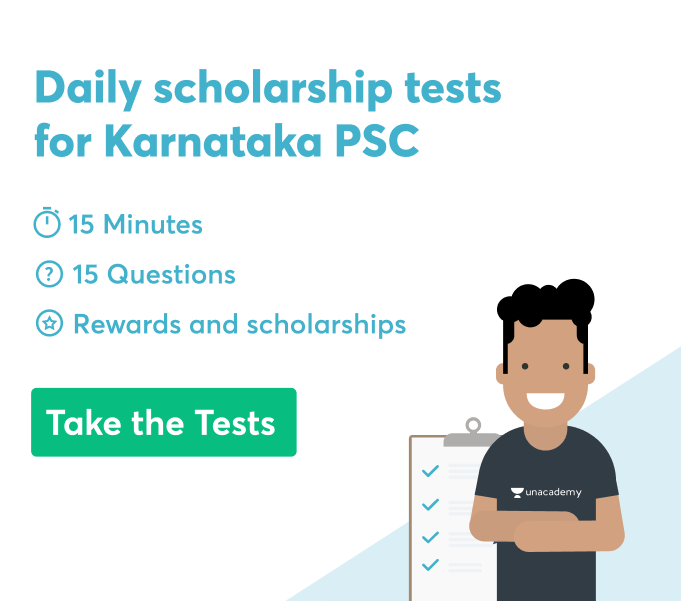In Gujarat, because of the development of trades and commerce, the religious influence of Jainism and Hinduism, and the Security and Motivation of rulers like Chaulukya (Solanki), Vaghela Rajput, literary activities were on good acceleration from the 11th century.
History
Gujarati literature is divided into three eras or Yugas: the early, medieval, and modern.
Early literature
The Jain monk and student Hemacandrācārya Suri was one of the earliest students of Prakrit And Apabhramsha language. He had Established a formal set of ‘grammarian principles’ as the precursor of the Gujarati language in Anhilwara during the reign of the Solanki king Siddharaja Jayasinh. It is now accepted by the historians and researchers in literary genres in Gujarati literature that one of the earliest recognised writings in this very ancient language were by Jaina authors.
Because of the flourishing trade and commerce in Ahmedabad and Khambhat (Cambay), entertainment activities grew. The Jain saints, story-tellers, puppet shows, and Bhavai or dramas also nourished literature.
Medieval literature
During this period, poetry was the major domain in literary activities. Rasas which were written by Jain monks, were a type of narrative poetry. Akhyanas are considered their literary descendants, which peaked in this period.
Garbo and Garbi poetry accompanied by dance was developed, and phagu and Barmasi genres represented seasons. The types of pada: prabhatiya, dhol, Kafi and chabkha were also introduced. So the singable poetry, a tradition inherited from Apabhramsa, gloried and dominated in the period.
Modern literature (1850 AD – present)
The education in the English language began with the British colonial government and the new technology of printing and press. The new age brought many newspapers and magazines to spread awareness in society. Due to this, there was much more spread of literature, and it also included forms other than the ancient religious style of poetry. The new Gujarati literature reflected social welfare, criticism, plays, new-age thinking, worship of the country, the values of life, and much more. This period is further subdivided into the following eras:
- Reformist Era or Narmad Era,
- Scholar Era or Govardhan Era,
- Gandhi Era,
- Post-Gandhi Era,
- Modern Era and
- Postmodern Era.
The post-independence Gujarati poetry represents a higher form of subjectivity, exploring newer philosophies, fiction, lines of thought and imagery. The poems became more brutal and subjective, eliminating old images and symbols and replacing them with new ideas. Gujarati prose has recorded growth and literary feats in less than 200 years, and now it can be counted among the frontbenchers in Indian literature.
Gujarat literature UPSC syllabus
Deeply understanding the syllabus and planning their preparation strategy is one of the most important steps one should always follow. The UPSC CSE Exam is also conducted in the Gujarati language. Candidates can check the syllabus one of the optional literature language subjects available to the candidates, which is Gujarati:-
Paper I
Gujarati Language: The History of Gujarati literature
History of Gujarati Language with special reference to the New Indo-Aryan
Significant features of the Gujarati language, like phonology, syntax, and morphology
Major dialects- Surti, Saurastri, pattani, and charotari
Medieval
- Jaina Culture
- Non-sectarian culture (Laukik parampara)
- Bhakti Culture : Sagun and Nirgun (Jnanmargi)
Modern
- Sudharak yug
- Pandit yug
- Gandhi yug
- Anu-Gandhi yug
- Adhunik yug
Literary Forms
Medieval
- Lyrical: Pada
- Narratives : Rasa, Akhyan and Padyavarta
Folk
- Bhavai
Modern
- Fiction: Novel and Short Story
- Drama
- Lyrical Poetry
- Literary Essay
Criticism
- History of the theoretical Gujarati criticism
- Recent research in the folk tradition.
Paper-II
Part A
Medieval
- Vasantvilas phagu—AJNATKRUT
- Sudama Charitra—PREMANAND
- Chandra Chandravati Ni varta—SHAMAL
- Akhegeeta—AKHO
- Kadambari—BHAALAN
Sudharak Yug & Pandit Yug
- Mari Hakikat—NARMADA SHANKAR
- Saraswatichandra-Part 1—GOVARDHANRAM TRIPATHI
- Farbasveerah—DALPATRAM
- Raino Parvat—RAMANBHAI NEELKANTH
- Purvalap—‘KANT’ (MANISHANKAR RATNAJI BHATT)
Part B
Gandhiyug & Anu Gandhiyug
- Hind Swaraj—MOHANDAS KARAMCHAND GANDHI
- Dhvani—RAJENDRA SHAH
- Patan ni Prabhuta—KANHAIYALAL MUNSHI
- Saurashtra Ni Rasdhar (Part 1)—ZAVERCHAND MEGHANI
- Manvini Bhavai—PANNALAL PATEL
- Kavya ni Shakti—RAMNARAYAN VISHWANATH PATHAK
Adhunik yug
- Saptapadi—UMASHANKAR JOSHI
- Ashwatthama—SITANSHU YASHASCHANDRA
- Janantike—SURESH JOSHI
Conclusion
The history of Gujarati literature ( ગુજરાતી સાહિત્ય) could be traced to 1000 AD, and this literature has flourished from that time to the present. You will learn much more about the Gujarati language and its history in the article above. We have discussed different yugas and periods of Gujarati Literature history. We have also discussed the Gujarati Literature syllabus for UPSC. Hope you found this article helpful.
 Profile
Profile Settings
Settings Refer your friends
Refer your friends Sign out
Sign out







